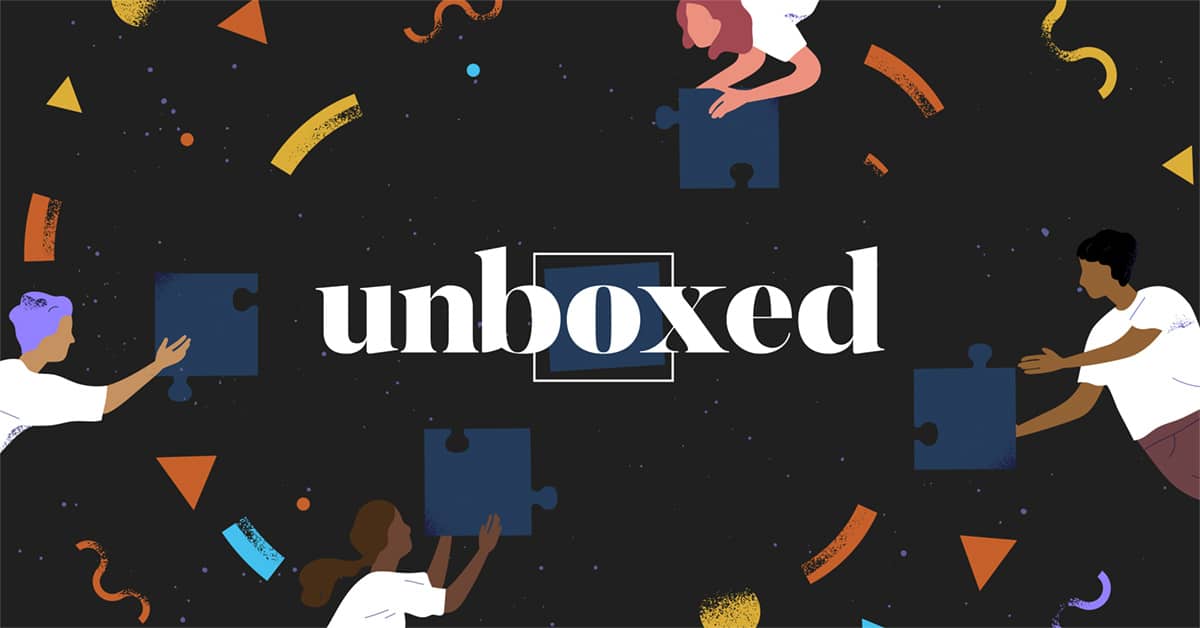
We try our best to make Unboxed a jargon-free zone, but there are invariably a few words that may be unfamiliar. We’ve done our best to define them here!
Note: Definitions with an asterisk were written by Amanda J. Meyer. Definitions with no source indicated and no asterisk were written by the Unboxed editors.
Aim Statement*
A succinct statement of what the improvement effort is trying to accomplish. Includes what will be improved, how much, and by when.
Change Idea*
An idea for a specific alteration that could be made to practice in service of creating improvement.
Continuous Improvement
Improvement research that involves multiple iterative cycles of activity over extended time periods (Carnegie).
Current State*
A description of the status quo at the outset of the improvement effort. Could involve a mix of quantitative and qualitative data.
Director
The leader of a school (synomymous with “principal”)
Empathy Interview*
A specific type of interview that focuses on uncovering the emotions, experiences, needs, and desires of stakeholders affected by the problem
or the improvement work. Originates in human-centered design.
Equity
Each child receives what they need to develop to their full academic and social potential (National Equity Project, n.d.).
Fishbone Diagram*
A tool for identifying and relating root causes of a problem. Also may be referred to as a “causal system analysis” or “Ishikawa diagram.”
Improvement Science
A disciplined and collaborative approach to problem-solving in organizations characterized by a thorough investigation of the gap to be addressed, rapid-cycle testing of ideas for change, and spread of promising changes in order to generate evidence about what changes produce improvement, for whom and under what conditions. Involves the integration of relevant content knowledge with improvement methods, which are drawn from experimental science, systems theory, psychology, statistics, human-centered design, and other fields (Institute for Healthcare Improvement, n.d.).
Learning Consolidation*
An effort to pause, take stock, and summarize key learning during or after an improvement effort. May include the documentation of promising change ideas that have been tested.
Measures*
Data that is collected and displayed in a way to inform ongoing improvement work. A typical project will have a small number of measures working in combination to help the team know if they have met their aim, are making progress in key areas, or are creating unintended consequences elsewhere in the system.
Oppression
Systematic and intentional disadvantaging of a group of people based on their identity while advantaging members of the dominant group (gender, race, class, sexual orientation, language, etc.) (National Equity Project, n.d.).
Plan-Do-Study-Act (PDSA) Cycle*
A four-part mini-experiment in which a change idea is identified, and predictions are made about what will occur. Then the change idea is executed, data is collected, and predictions are compared to results. Finally, the improver decides what actions to take next.
Process Map*
A tool used to visualize the steps taken in work. May include details such as owners of key steps or common breakdowns. Also known as a “flow chart.”
System*
An interrelated set of people, tools, and processes that come together to accomplish a particular purpose.
Theory of Improvement*
A concise articulation of the key “drivers,” or high leverage areas, that an improvement team believes it needs to impact to reach the aim. Illustrates the hypothesized causal connection between change ideas and outcomes.
Tracking
Placing students into classes based on perceived academic ability (for example, dividing students into either “regular” and “honors” class is a form of tracking).
References
Carnegie Foundation for the Advancement of Teaching. Learning to Improve Glossary. https://www.carnegiefoundation.org/resources/learning-to-improve-glossary/
Tags: